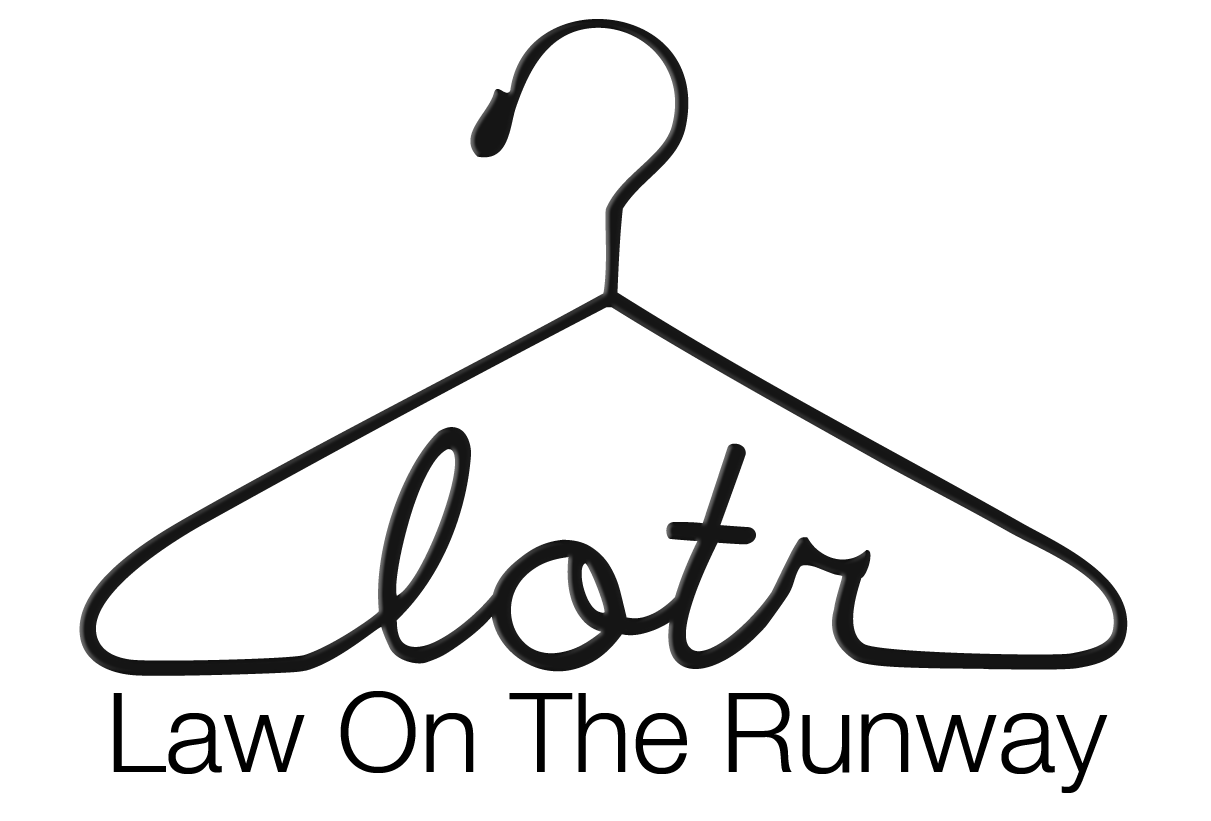Children’s Wear & Consumer Product Safety Commission Regulations

Quality Assurance Tests for Apparel Manufacturing Agreements
September 12, 2016
Fashion Bloggers: Be Aware of These 5 Legal Issues
September 12, 2016Last week I was visiting my newborn nephew. His closet is full of tiny adorable clothing, and I was having the best time playing stylist. As I hold those little outfits in my hands, my mind drifts to all the regulations governing the creation of children’s wear. If you are considering the United States’ children’s wear market, do make sure you familiarize yourself with strict standards placed upon children’s wear.
Consumer Product Safety Commission (CPSC) has created several regulations affecting children’s wear. In order for your children’s line to be sold in the United States, you must adhere to these regulations, or you could be facing serious fines and recalls on your products. To explore what these recalls look like, visit https://www.cpsc.gov/en/Recalls/ and do a few searches for children’s products.
Below are some of the topics in the regulations covered by the Consumer Product Safety Commission. This list can be used as a starting point for your research, but do speak with an attorney or the CPSC to ensure that your children’s wear products adhere to all of the regulations. As with all our posts, this is just general information, not legal advice. Every situation is unique, so please contact an attorney for advice on your situation.
Drawstrings
If you are creating clothing for newborns and small toddlers its best to avoid drawstrings all together. For sizes T2 through T12, you won’t be able to sell any garments with drawstrings as the neck or in the hood. You will be allowed to sell garments in sizes T2 through 16 with drawstrings at the waist or at the bottom of the garment if the drawstring does not go beyond 75mm when the garment expanded to its full width. No children’s clothing can have toggles, beads, or other attached adornments on the drawstrings. Should you wish to have a drawstring waist, you will also be required to securely fasten it in the back of the garment, such as through a bar tack stitch.
Small Parts / Choking Hazards
The drawstring toggles and beads are part of another regulation, focusing on the danger of small parts. The regulations for small parts focus on if the object will fit into a cylinder. Below are the dimensions of the cylinder:
from 16 DFR 1501.4(b)
Additionally, the CPSC looks to see if when the product is subjected to “use and abuse” tests, any part of the product breaks down into smaller parts, which they then place into the cylinder test.
Lead in Products
Children’s products that are designed or intended primarily for use by children 12 years of age or younger cannot contain greater than 100 ppm (0.01 percent) of total lead content in any accessible component part of the children’s product. This standard applies to products where the CPSC believes that the child reasonably could or would come into contact with the component of the product that has some lead content. If it does not seem foreseeable that the child would come in contact with a component, such as an internal component, the lead standard doesn’t apply.
Flame resistance
CPSC requires that children’s sleepwear is flame resistant. There are a couple caveats with this regulation. The fabric must resist an open flame for at least 3 seconds (meaning it won’t catch fire for at least 3 seconds if you place a flame on the garment). If the fabric cannot do this, you are able to treat the garment with chemicals to enhance its flame resistant properties. Keep in mind though that many parents are currently concerned about exposing their children to chemicals.
If you do not wish you treat sleepwear with chemicals, and not want to use flame resistant fabrics, you can still create sleepwear, but only if the garment is meant to be tight or snug fitting and only if you alert the consumer. The CPSC requires this warning “For child’s safety, garment should fit snugly. This garment is not flame resistant. Loose-fitting garments are more likely to catch fire.” If you truly believe that the garment is not designed as sleepwear, you can also place a warning label stating that the garment is “not intended for sleepwear.”
Permanent Tracking Labels
For products designed to be used by children 12 and under, the products must have permanent tracking labels. Blow is a list of information that must be placed on your visible and legible tracking labels:
- Manufacturer or private labeler name;
- Location and date of production of the product;
- Detailed information on the manufacturing process, such as a batch or run number, or other identifying characteristics; and
- Any other information to facilitate ascertaining the specific source of the product.
Third- Party Tested
The CPSC requires most manufacturers of children’s products to get the products third party tested for adherence to safety regulations. If you are just getting started an have low sales volumes, you may not have to get your products Third Party tested for compliance. The CPSC allows small batch manufacturers to register themselves for this exemption online. To qualify, as a small batch manufacturer, your total gross revenues from the prior calendar year from the sale of all consumer products must be $1,052,913 or less.
Certificate of Compliance
Finally, when you have complied with all the regulations, you must prove this compliance through a certification process. The certificate will contain the following information, as directly cited from the CPSC website:
- Identification of the product covered by this certificate
- Citation to each CPSC children’s product safety rule to which this product is being certified
- Identification of the U.S. importer or domestic manufacturer certifying compliance of the product
- Contact information for the individual maintaining records of test results
- Date and place where this product was manufactured
- Provide the date(s) and place when the product was tested for compliance with the consumer product safety rule(s) cited above
- Identify any third party, CPSC-accepted laboratory on whose testing the certificate depends
Thee Consumer Product Safety Commission Regulations apply to all sales in the United States, set up by the Federal government, but there may be additional regulations set up by state laws. For example, consider California’s Prop 65 warnings regarding chemicals in consumer products. For help with understanding and adhering to these regulations, please contact an attorney. To get in contact with Law On The Runway, please email rachel at Rachel@lawontherunway.com


